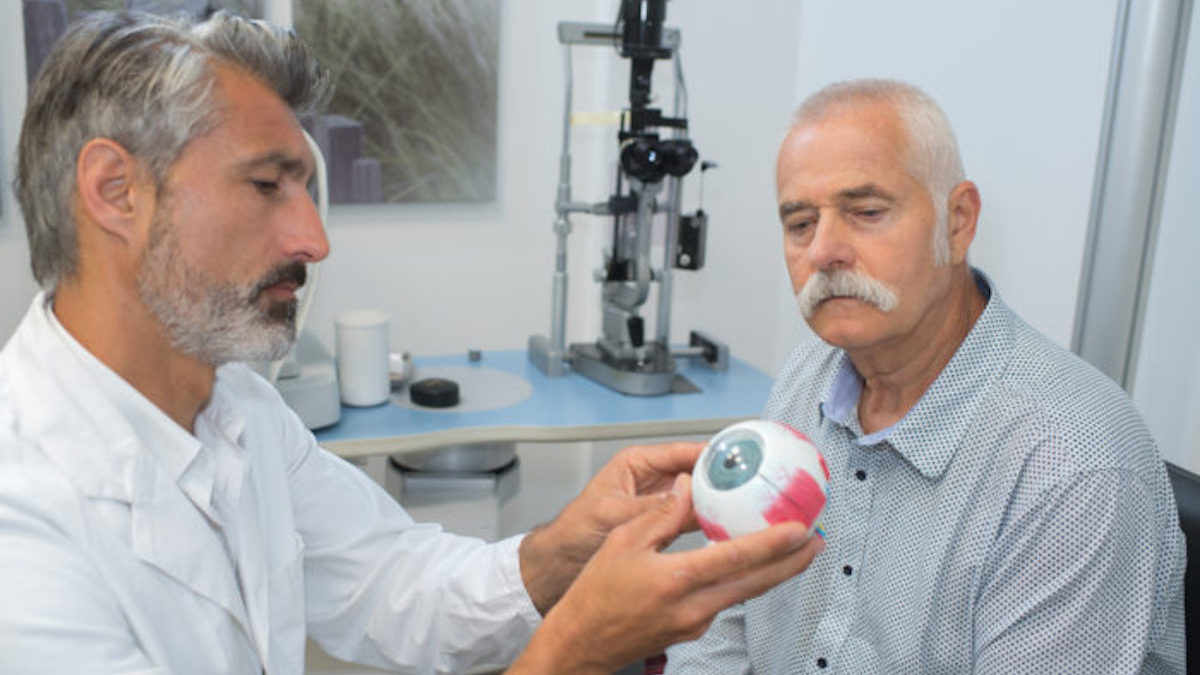Calls for Ukraine
Calls for Europe
Calls for USA

At the American College of Surgeons(ACS) 2024 Clinical Congress in San Francisco, California, and in a publication in the journal JAMA, a detailed explanation of how a team of surgeons at NYU Langone Health performed the world’s first combined face and whole eye transplant is presented.
The problem of severe facial trauma with loss of the eyeball remains a challenging clinical problem, and there have been no previous reports of whole eye reconstruction or combined whole eye and face transplantation. This team’s achievement gives people the unique opportunity for whole eye and face transplantation.
This operation, performed in 2023, demonstrates the feasibility of future eye transplants and marks a significant advance in the field of vascularized composite allografting (VCA). This type of transplant is particularly challenging because unlike organ transplants, which involve only one type of tissue, such as a kidney or heart, VCA involves transplanting a complex combination of different tissues – skin, muscle, blood vessels, nerves, and sometimes bone – all in a single fragment.
Under the leadership of Eduardo D. Rodriguez, a physician, member of the International Federation of Surgery, and director of the Facial Transplant Program at NYU Langone Health, the surgery was performed with a multidisciplinary team of more than 140 medical professionals. The transplant was performed on a 46-year-old military veteran from Arkansas who suffered extensive facial and eye injuries from a high-voltage electrocution accident. The face and eye transplant was performed using tissue from an immunologically compatible donor and standard immunosuppression.
According to the researchers, the main challenge was to ensure that the transplanted eye remained viable, and fundamentally new techniques were used to achieve this result. The team focused on optimizing blood flow, which is a key factor for the long-term success of such a complex transplant.
To maintain blood flow in the transplanted eye, the team developed a microvascular bypass technique. The bypass utilized nearby blood vessels, specifically the temporal artery and vein, which were rotated and connected to the ocular artery and vein of the transplanted eye. This innovative approach minimized retinal ischemia (loss of blood flow) while restoring blood supply to the face and eye, solving a major problem of eye transplantation.
Major surgical achievements:
Successful face and whole eye transplantation demonstrated that with proper surgical techniques, whole eye transplantation is feasible and can be sustained for a long time. The patient understood that the primary goal was not the complete return of vision, but the preservation of a healthy, vascularized eye.
Remarkably, the patient’s retinal response to light was restored, but 1 year after transplantation, light perception in the transplanted eye was absent.
This operation represents an extremely important breakthrough that may significantly affect the possibility of similar procedures in the future.
Please rate the work of MedTour
